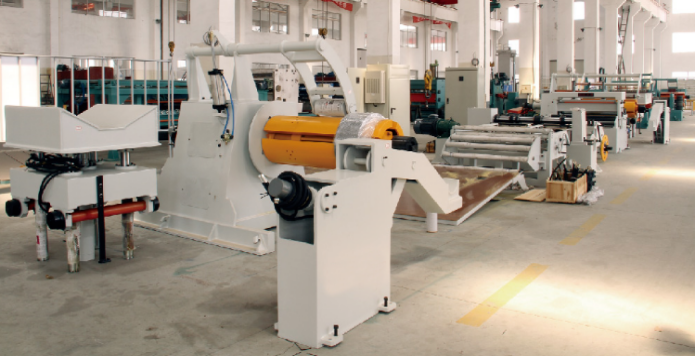
The Carbon Steel Tube Mill An Essential Component in Modern Manufacturing
In the world of manufacturing, the carbon steel tube mill stands out as a pivotal technology that caters to a wide array of industries. From construction to automotive, the demand for carbon steel tubes has surged due to their strength, durability, and versatility. This article delves into the significance of carbon steel tube mills, the processes involved, and their applications across different sectors.
Understanding Carbon Steel
Before exploring the intricacies of the tube mill, it is essential to understand what carbon steel is. Carbon steel, an alloy of iron and carbon, is renowned for its high tensile strength and malleability. The proportion of carbon in the steel affects its properties—higher carbon content generally increases strength but reduces ductility. These characteristics make carbon steel an ideal choice for manufacturing tubes that require robustness and resistance to external stresses.
The Process of Tube Production
The carbon steel tube mill operates on a sophisticated yet streamlined process of manufacturing steel tubes
. The journey begins with the procurement of hot-rolled steel coils, which serve as the raw material. These coils are then uncoiled and passed through a series of mechanical operations.1. Forming The initial step involves cold-forming the flat steel strips into a circular shape. This process requires precise control of temperature and pressure to ensure the integrity of the material.
2. Welding Once the strip is shaped, the edges are welded together to form a tube. The most common welding methods used in tube mills include high-frequency induction welding and submerged arc welding. These techniques ensure that the weld joints are robust and capable of withstanding significant pressure.
3. Sizing After welding, the tube is passed through sizing mills to achieve the desired dimensions and tolerances. This step is crucial in maintaining uniformity, as deviations can lead to challenges in downstream applications.
4. Finishing The final stages involve several processes such as annealing, pickling, and galvanizing. Annealing enhances the ductility of the steel, while pickling removes any oxides or impurities from the surface. Galvanizing provides a protective layer zinc coating to the finished tubes, enhancing corrosion resistance.

Applications of Carbon Steel Tubes
The applications of carbon steel tubes are vast and varied. In construction, these tubes are used in structural frameworks, scaffolding, and water pipelines. Their ability to handle heavy loads while remaining lightweight makes them ideal for these applications.
In the automotive industry, carbon steel tubes are integral to the design of vehicles. They are used in exhaust systems, chassis, and various structural components. The strength and durability of these tubes ensure that vehicles can withstand harsh road conditions while maintaining safety and performance standards.
Moreover, carbon steel tubes are extensively utilized in the energy sector, particularly in oil and gas pipelines. Their ability to handle high-pressure conditions and resist corrosive elements makes them a reliable choice for transporting fluids over long distances.
Advancements in Technology
As industries evolve, so too does the technology behind carbon steel tube mills. Automation and sophisticated control systems have significantly enhanced production efficiency and product quality. Modern mills incorporate features such as real-time monitoring, predictive maintenance, and advanced robotics, which streamline operations and reduce downtime.
Furthermore, environmentally conscious practices are gaining traction. Manufacturers are exploring sustainable options, such as recycling scrap steel and improving energy efficiency throughout the production process. This not only contributes to environmental preservation but also reduces operational costs.
Conclusion
The carbon steel tube mill represents a cornerstone of modern manufacturing, fulfilling essential roles in multiple industries. With ongoing advancements and a focus on sustainability, this sector is poised for continued growth. As the demand for reliable, durable, and high-performance materials increases, carbon steel tubes will remain a critical component in shaping the future of manufacturing and infrastructure development. As industries continue to innovate, the versatility and strength of carbon steel tubes will ensure their place at the forefront of material technology.